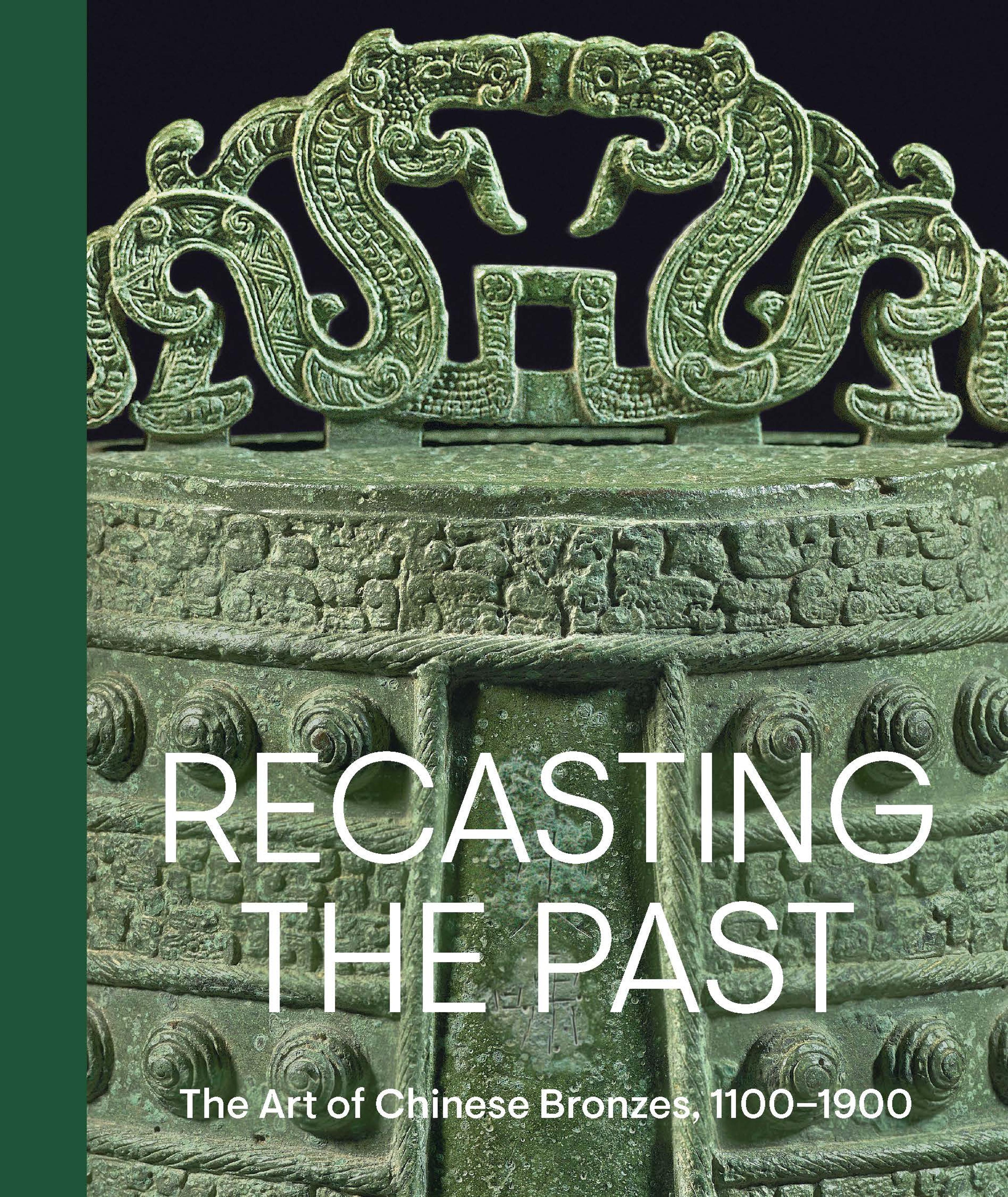Flower vase with animal-head handles
The imposing entwined dragons on this vessel’s belly and the wave patterns on its foot and neck are derived from woodcut illustrations in antiquarian catalogues. Not satisfied with merely copying ancient bronzes, the Yuan designer rejected the squat form and flaring mouth of the archaic model and instead cast an elongated, tapered neck better suited to the vessel’s function as a flower vase. Its dragon handles are also transformed, recalling nomadic designs on metalwork from the Mongol Yuan dynasty.
Artwork Details
- 元 倣古蟠螭紋銅瓶
- Title:Flower vase with animal-head handles
- Period:Yuan dynasty (1271–1368)
- Date:14th century
- Culture:China
- Medium:Copper alloy
- Dimensions:H. 11 in. (28 cm); W. 3 in. (7.6 cm)
- Classification:Metalwork
- Credit Line:Purchase, Barbara and William Karatz Gift, 2021
- Object Number:2021.293
- Curatorial Department: Asian Art
More Artwork
Research Resources
The Met provides unparalleled resources for research and welcomes an international community of students and scholars. The Met's Open Access API is where creators and researchers can connect to the The Met collection. Open Access data and public domain images are available for unrestricted commercial and noncommercial use without permission or fee.
To request images under copyright and other restrictions, please use this Image Request form.
Feedback
We continue to research and examine historical and cultural context for objects in The Met collection. If you have comments or questions about this object record, please contact us using the form below. The Museum looks forward to receiving your comments.
